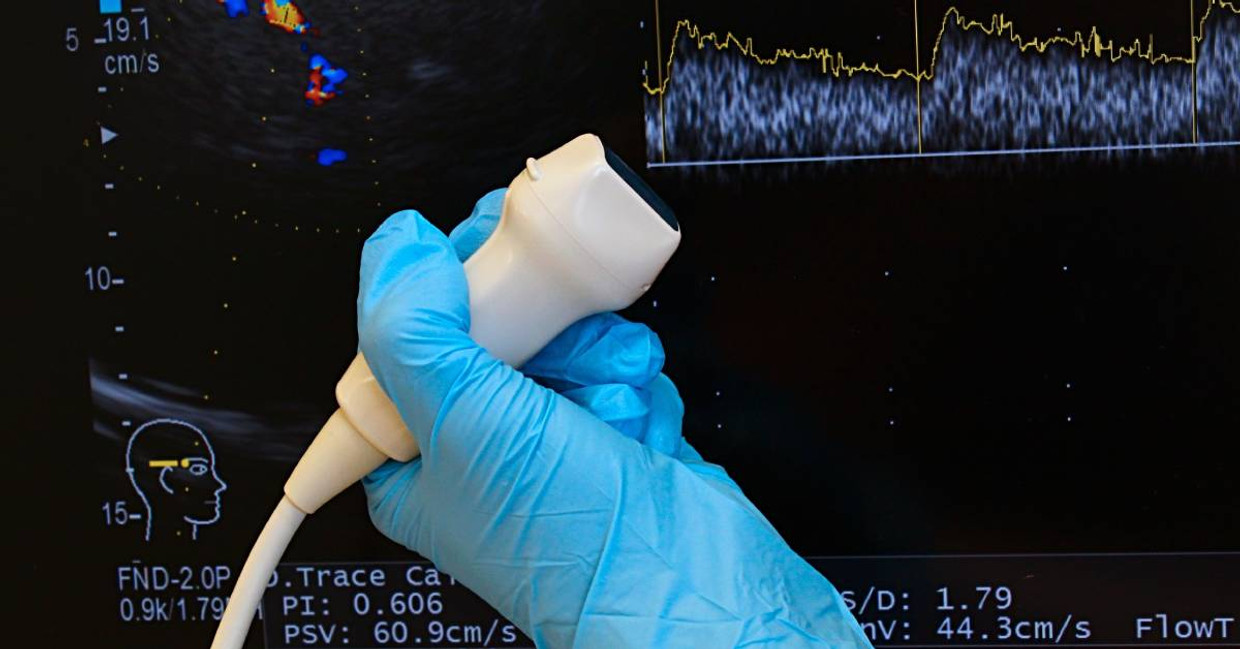What Is a Transcranial Doppler (TCD) Ultrasound?
Transcranial Doppler (TCD) ultrasound is an innovative, noninvasive imaging technique that has revolutionized how we assess and monitor cerebral blood flow. For medical professionals, understanding the intricacies of TCD ultrasound is crucial for diagnosing and managing various neurological conditions. We’ll discuss what a transcranial Doppler (TCD) ultrasound is, its clinical applications, and its future potential in the medical field.
How TCD Ultrasound Works
TCD ultrasound operates on the simple yet powerful principle of the Doppler effect. High-frequency sound waves are emitted through the skull and penetrate the brain tissue. These waves then encounter moving blood cells within the cerebral arteries, resulting in a frequency shift that is captured and translated into real-time data. This technology's noninvasive nature makes it ideal for bedside monitoring and rapid assessments.
Clinical Applications of TCD Ultrasound
TCD ultrasound has a wide range of clinical applications. It is instrumental in assessing cerebrovascular disorders such as stroke, vasospasm, and carotid artery stenosis. TCD ultrasound can aid in early detection and intervention by measuring blood flow velocity in different brain segments, potentially saving lives.
Additionally, TCD ultrasound is valuable in intraoperative monitoring. Surgeons use it to ensure adequate cerebral perfusion during procedures, reducing the risk of perioperative complications. It is also employed in diagnosing and managing sickle cell disease, where it helps detect abnormal blood flow patterns associated with the condition.
Advantages and Limitations of TCD Ultrasound
One of the primary advantages of TCD ultrasound is its noninvasive nature. This feature allows for repeat assessments without subjecting patients to radiation or invasive procedures. Furthermore, TCD is relatively cost-effective and can be performed at the bedside, making it accessible in various clinical settings.
However, TCD ultrasound is not without limitations. The operator's skill and experience can influence the accuracy of the results. Additionally, certain anatomical variations in patients may pose challenges in obtaining clear images. Despite these limitations, the benefits of TCD ultrasound far outweigh the drawbacks, making it an invaluable tool in modern medicine.
Emerging Trends in TCD Ultrasound Research
The field of TCD ultrasound is continually evolving, with ongoing research focused on enhancing its diagnostic capabilities. Recent advancements include the integration of artificial intelligence and machine learning algorithms to improve data interpretation and reduce operator dependency. These developments hold promise for more accurate and automated assessments in the future.
Another exciting trend is the exploration of portable TCD devices, which can be used in remote and resource-limited areas. This can extend the reach of essential diagnostic services to underserved populations, ultimately improving global healthcare outcomes.
The Future of TCD Ultrasound in the Medical Field
Understanding what a transcranial Doppler ultrasound is can help professionals understand the significant impact it has had in the field of neurology. Its noninvasive nature and wide range of clinical applications make it indispensable for medical professionals. As technology advances, the future of TCD ultrasound looks promising, with the potential for even greater accuracy and accessibility.
For medical professionals looking to stay at the forefront of healthcare technology, exploring TCD ultrasound is a must. To discover more about this cutting-edge technology and access high-quality medical products online, visit Cascade Health Care today. By staying informed and utilizing the latest advancements, you can provide the best care for your patients and contribute to the ongoing progress of medical science.
Recent Posts
-
Exploring Recent Innovations in Doppler Signal Processing
Doppler technology has become an essential diagnostic tool in modern medicine, enabling healthcare p
-
Exploring Recent Innovations in Doppler Signal Processing
Doppler technology has become an essential diagnostic tool in modern medicine, enabling healthcare p


